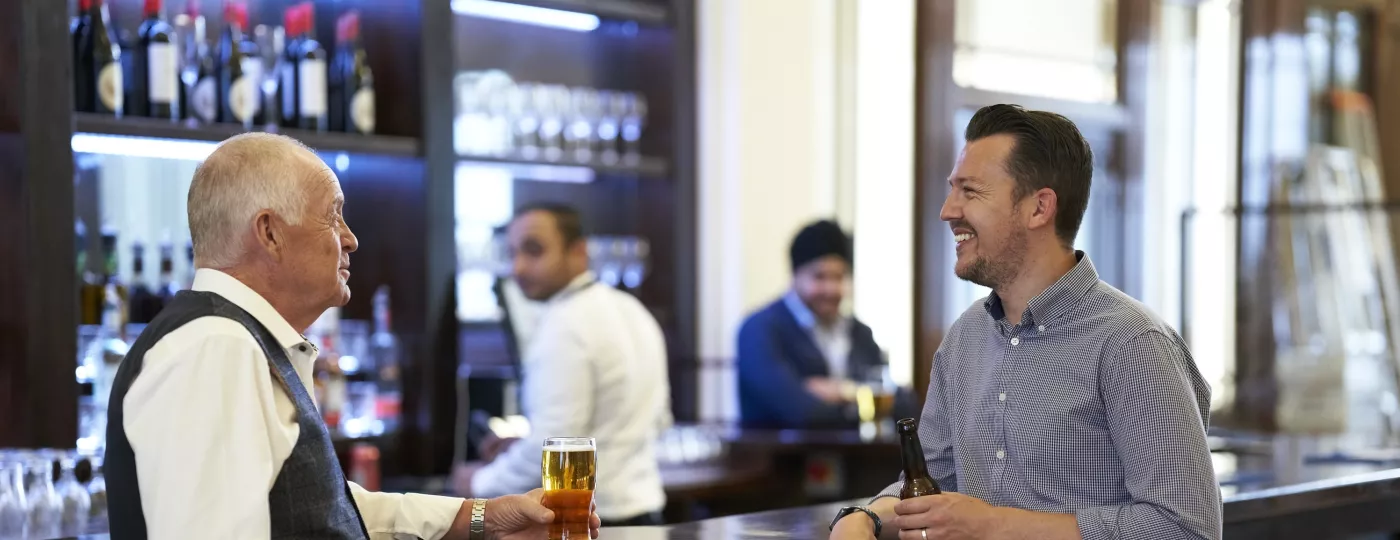Checking Out the Mysteries of the Freemason: What You Need to Know
The Freemason, a term commonly shrouded in intrigue and dispute, represents a complex tapestry of historic reality and modern-day myth. Developed in the late 18th century, this secret culture was at first rooted in the Enlightenment's ideals yet has actually considering that ended up being synonymous with conspiracy concepts regarding elite control.
Beginnings of the Freemason
The beginnings of the Freemason are steeped in a mix of historical intrigue and ideological fervor. Established in 1776 in Ingolstadt, Bavaria, by Adam Weishaupt, the group was originally formed as a secret culture aimed at promoting Knowledge suitables such as reason, secularism, and the splitting up of church and state. Weishaupt, a professor of canon legislation, sought to test the dominating authority of the church and state, which he checked out as oppressive organizations suppressing intellectual and personal flexibility.
The Freemason sought to hire influential members from different societal sectors, consisting of politics, academic community, and the arts, to promote a network dedicated to these Enlightenment concepts. The society operated under a shroud of secrecy, employing coded language and routines to safeguard its participants from mistreatment, especially given the repressive climate of the time. The Freemason faced significant opposition from both governmental authorities and religious organizations, which watched the team as a hazard to their power.
Key Figures and Members
Who were the critical figures that shaped the Freemason's early impact and instructions? The Bavarian Freemason, founded in 1776 by Adam Weishaupt, emerged as a feedback to the oppressive societal structures of the time.
An additional substantial figure was Johann Gottlieb Fichte, a famous thinker whose ideas on nationalism and education and learning resonated with the Freemason's goals. Although Fichte was not an official participant, his thoughtful underpinnings affected the team's belief. Furthermore, numbers like the author and theorist Johann Wolfgang von Goethe were linked with the broader intellectual motions of the time, although their straight participation with the Freemason stays discussed.
These key numbers contributed to the Freemason's very early instructions, pressing the boundaries of political and social thought, while their cumulative efforts intended to challenge well established norms and foster an environment of progressive modification in Europe.
Misconceptions vs. Fact
Numerous misconceptions border the Freemason, typically mixing fact with fiction in a method that covers its real nature. The notion that the Freemason proceeds to exert considerable impact over world occasions is a misconception - how to become a freemason.
One more prevalent myth is that the Freemason comprises a network of elite individuals adjusting worldwide affairs. In fact, several conspiracy theories exaggerate the team's significance, connecting misguided objectives to social patterns and occasions. This has actually brought about an oversimplified sight of intricate problems.

Modern Analyses
Contemporary analyses of the Freemason frequently show wider social anxieties and find this a fascination with secrecy and power. This modern lens often connects the Freemason with conspiracy theories that suggest a concealed elite coordinates have a peek at this site globe occasions, controling federal governments and economic situations for their own gain. Such stories take advantage of a deep-seated wonder about of authority, specifically in times of crisis or social upheaval.

Additionally, some contemporary analyses frame the Freemason as a metaphor for the intricacies of globalization and the interconnectedness of significant people and companies. This viewpoint motivates a critical examination of just how power characteristics run in today's globe, highlighting the balance between transparency and secrecy in governance and corporate practices.
Cultural Influence and Tradition
Influenced by centuries of intrigue, the social influence and legacy of the Freemason extend much beyond its historical beginnings. This secret culture, established in the late 18th century, has penetrated numerous elements of preferred culture, from literature and movie to music and art. The idea of the Freemason has actually progressed right into an icon of conspiracy theory theories, frequently representing a perceived hidden power controling international occasions.
In literature, writers like Dan Brown have actually woven the Freemason into intricate stories, captivating viewers with styles of privacy and power. Movies such as "National Treasure" check my site and "The Da Vinci Code" better continue the appeal of the society, mixing fact with fiction to develop appealing stories.
The Freemason's influence additionally prolongs into songs, with artists referencing the organization to stimulate themes of disobedience and societal critique. This representation has added to an attraction with the concept of private teams regulating the levers of power, reflecting social stress and anxieties regarding authority and transparency.
Inevitably, the Freemason's tradition is a complicated tapestry of myth and reality, shaping assumptions of privacy and control in contemporary discourse. Its enduring presence in society underscores humankind's perennial quest for recognizing covert realities.
Conclusion
The expedition of the Freemason reveals a complicated interplay between historical realities and modern-day myth-making. Founded in the Enlightenment age, this society intended to test overbearing structures, yet its tradition has been eclipsed by conspiracy theories that recommend elite control. Comprehending the differences in between the initial perfects and contemporary analyses is important for understanding the withstanding attraction with the Freemason and its significant impact on social narratives bordering power and privacy in culture.